How Safe Is Hormone Therapy In Menopause?
When menopausal symptoms strike, you can grin and bear it, try natural remedies or ask your doctor for a prescription. Many women baulk at the latter option because MHT (Menopausal Hormone Therapy) has had a troubled history.
“MHT was painted in a bad light by sensationalist media reports 20 years ago,” explains Dr Kelly Teagle of WellFemme Telehealth Menopause Clinic. “The data from a large scientific study at the time was presented in a misleading way, overstating the risk of breast cancer and blood clots for women of perimenopausal age. Women abandoned their MHT – or HRT, as it was then known – in droves, and sadly many endured debilitating symptoms as a result.”
Dr Teagle says that data has been re-analysed meticulously over the last two decades. “We now understand that the risk to women who start MHT at a younger age is very low. Even more fascinating, evidence also shows that women who start MHT at around the onset of menopause – the average age is 51 – also benefit from a reduced risk of heart disease and osteoporosis.”
We asked Dr Teagle some of the most common questions about MHT and menopause.
Will my hot flushes go away if I use hormone therapy?
Hot flushes can be one of the symptoms of lowered oestrogen levels during menopause, along with vaginal dryness (also known as atrophy), sleep disturbances, musculoskeletal pain, brain fog and loss of libido. Oestrogen therapy is therefore the most effective treatment option for menopausal hot flushes, and also has long-term protective benefits to the cardiovascular system and bones. Just keep in mind that there are many other possible causes of flushes and night sweats, so if MHT isn’t helping you should ask your doctor to investigate further investigate.
Is it safe?
Hormonal therapy is safe for most perimenopausal women and for women in the first five to 10 years after menopause (their last period), but some types are safer than others. Oestrogen taken orally can increase your risk of blood clots, but transdermal oestrogen, such as patches or gels, does not. Some types of progestins used in combined MHT are also safer than others, too. Some can slightly increase your breast cancer risk after five years of use, but there are other types available which do not have this effect. Of course, you need to discuss what’s best for you with your GP.
How many women in Australia use MHT?
We don’t know exactly how many use MHT, but the number is growing. Data from 2016 shows that around 80 per cent of women get menopausal symptoms and 20 per cent get moderate to severe hot flushes. Only around 15 per cent of them are using MHT however, with an estimated 385,000 Australian women suffering with untreated moderate-to-severe flushes and night sweats.
How do I take MHT?
Transdermal oestrogen is the safest way to take MHT and can be delivered by a patch you replace once or twice a week, or by daily application of a gel. Tablets are also available, but not recommended, in the over-60s or women with a high risk of blood clots. Women who still have their uterus require combined MHT, which uses additional hormone to prevent the oestrogen thickening the lining of the uterus. The additional product is usually a progestogen delivered by a patch, tablet, capsule (oral or vaginal) or an intrauterine device (Mirena).
Are there any side effects?
Possible side effects of MHT include changes to vaginal bleeding, a small increase in the risk of blood clots (although not with transdermal oestrogens) and a small increase in breast cancer risk after five years of use with some progestins (not Mirena or micronised progesterone). Other potential side effects include breast tenderness, nausea, mood changes and bloating. I like to refer patients to the Australasian Menopause Society’s website which has informative, evidence-based fact sheets about MHT and other treatments. When considering using MHT, it’s helpful to remember that most side effects are temporary and will go away if you stop taking it. Often side effects from one type of MHT can be avoided by either changing products or changing the way you’re using them. An experienced menopause doctor can guide you in this.
How long should I need to use hormonal therapy?
You can use MHT for as long as it’s needed. It is safe for most women to continue taking it, provided they start at around menopausal age and do not take long breaks off it (no longer than about four to six months). Longer breaks with low oestrogen levels increase the risk of heart disease and makes it less safe to restart – this is why women should not commence MHT for the first time if they are many years post-menopausal.
Dr Kelly Teagle is the Founder and Principal of the WellFemme Telehealth Menopause Clinic. She sees patients via Telehealth, and in person at her Canberra practice.

